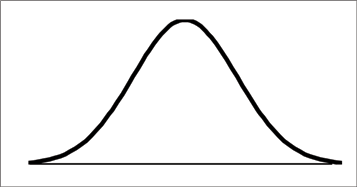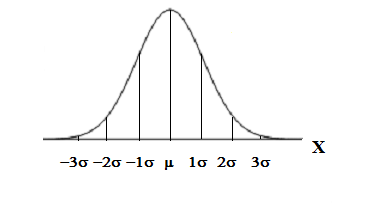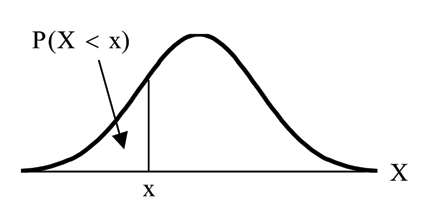Some doctors believe that a person can lose 5 pounds, on the average, in a
month by reducing his/her fat intake and by exercising consistently. Suppose weight loss has a
normal distribution. Let X = the amount of weight lost (in pounds) by a person in a month.
Use a standard deviation of 2 pounds. X~N(5, 2). Fill in the blanks.
Suppose a person lost 10 pounds in a month. The z-score when x = 10 pounds is z = 2.5
(verify). This z-score tells you that x = 10 is ________ standard deviations to the ________
(right or left) of the mean _____ (What is the mean?).
This z-score tells you that x = 10 is 2.5 standard deviations to the right
of the mean 5.
Suppose a person gained 3 pounds (a negative weight loss). Then z = __________. This
z-score tells you that x = -3 is ________ standard deviations to the __________ (right or left)
of the mean.
z = -4. This
z-score tells you that x = -3 is 4 standard deviations to the left
of the mean.
Suppose the random variables X and Y have the following normal distributions:
X ~ N(5, 6) and Y ~ N(2, 1). If x = 17, then z = 2. (This was previously shown.)
If y = 4, what is z?
The z-score for y = 4 is z = 2. This means that 4 is z = 2 standard deviations to the right of the
mean. Therefore, x = 17 and y = 4 are both 2 (of their) standard deviations to the right of
their respective means.
The z-score allows us to compare data that are scaled differently. To understand the
concept, suppose
X ~ N(5, 6) represents weight gains for one group of people who are trying
to gain weight in a 6 week period and Y ~ N(2, 1) measures the same weight gain for a
second group of people. A negative weight gain would be a weight loss.
Since x = 17 and y = 4 are each 2 standard deviations to the right of their means, they
represent the same weight gain relative to their means.














